In recent days, the camera of smartphones Samsung – and in particular that of Galaxy S23 Ultra – has come under the scrutiny of the web, for one of the most interesting features: the photos it manages to take of the Moon. Isn’t that why enthusiasts adore the photography prowess of this top-of-the-line smartphone? But Samsung has often advertised them. And a post on Reddit discredited them. So we asked ourselves: how do the moonshots of the new Galaxy S23 Ultra work?
Samsung Galaxy S23 Ultra: how does it take pictures of the Moon?
Here All the best of Samsung telephony
Recently, a post made on Reddit sparked a new debate about whether the Galaxy S23 Ultra is manipulating his photographs of the Moon. Ever since Samsung started including a periscope telephoto lens on its flagships, that allows for one 10x optical zoom and a 100x digital zoommoon photography has been one of the phone’s most publicized gimmicks.
One wonders if the Galaxy S23 is actually deceiving users. However, there is a legitimate story behind the skepticism. In 2019, Huawei has been accused of using an overlay system to fake images in the P30 Pro’s Moon modeeven if the company has denied those claims. But Samsung has explained in detail how its camera works, to explain how it manages to take pictures of celestial bodies.
What Samsung says about the Galaxy S23 Ultra Moon photos
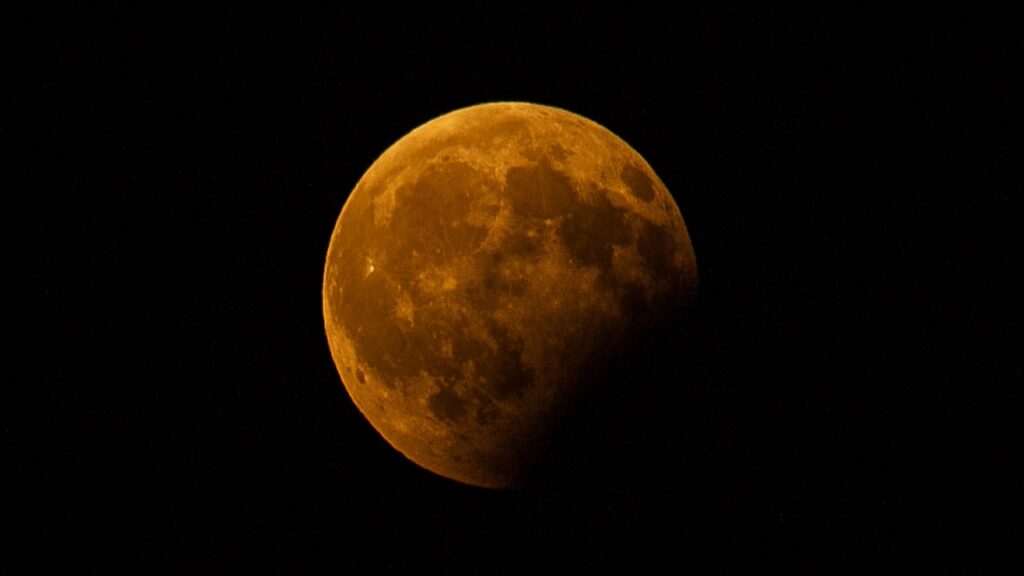
The company explains: “Samsung is committed to offering the best photographic experiences in any condition. When a user takes a photo of the moon, the enhancement technology of the AI-powered scene recognizes the moon as the main object and shoots multiple frames for compositing multiple frames, after which the AI enhances the details of the image quality and colors. Does not apply any image overlays to the photo.”
A bit of history
In 2019, Samsung introduced AI technology to the camera of its smartphones when it launched the serie Galaxy S10. The company has created a feature called Scene Optimizerwhich allows artificial intelligence to recognize the subject of the photo and to offer the best possible photographic experienceregardless of environmental conditions.
In particular, for photos of the Moon, the series Samsung Galaxy S21 presented an even more advanced optimization thanks to artificial intelligence. Using machine learning, they can recognize the moon as the main subject during the shot.
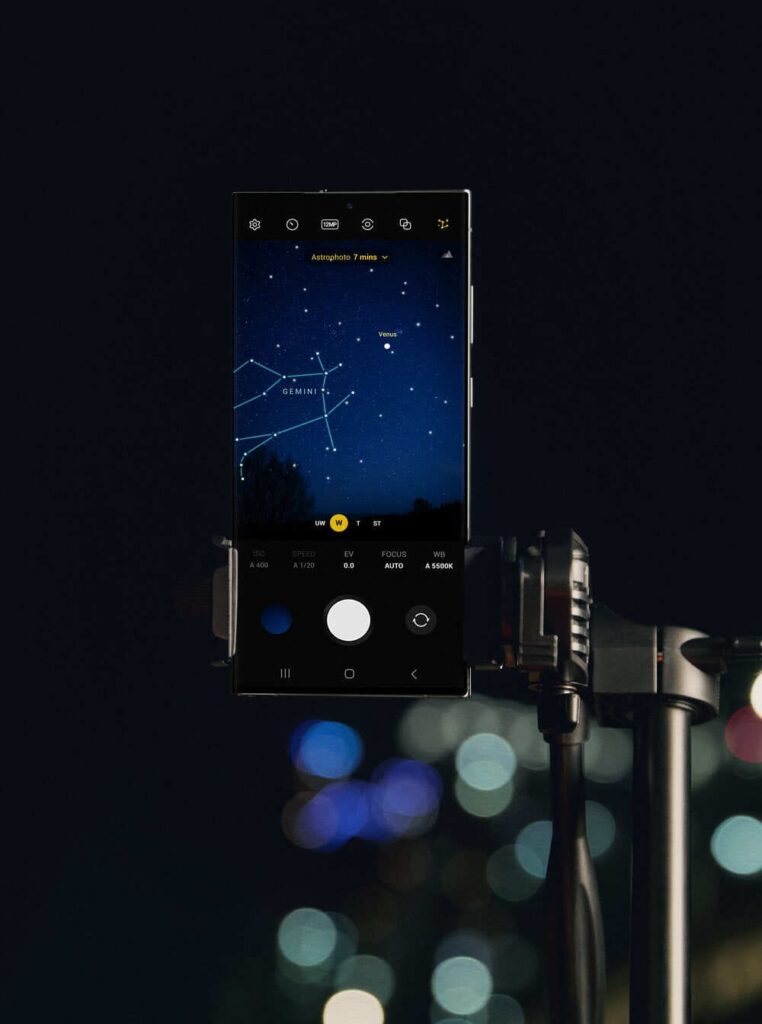
With the arrival of Galaxy S23 Ultra, Samsung has merged many different technologies for photos of the Moon, which are activated when you use the mixed zoom to frame the celestial body.
How Samsung Galaxy S23 Ultra recognizes the Moon in photos
Samsung engineers created the moon recognition engine by learning about the different shapes the moon takes, from full to waxing moon phases, through the images people actually see from our planet. AI deep learning kicks in when you zoom in and recognize the moon, regardless of phase or how bright the sky is (if it is totally covered by clouds it will not recognize it). Now draw a square area around the Moon.
Brightness and focus adjustment
The use of artificial intelligence improves photography of the Moon, but a powerful hardware for best results. Since the Moon is difficult to detect in the normal AI photographs, you can photograph it with a zoom of at least 25x.
When the Galaxy phone camera detects the Moon at high magnification zoom, it adjusts the brightness to be dark, allowing you to see the Moon clearly in the camera viewfinder. All the lights that would disturb disappear, leaving only the sunlight reflected from the Moon.
 Credit: Samsung (written in Korean)
Credit: Samsung (written in Korean)
If you photograph the Moon in the early evening, the sky around you will not be the color you see with your eyes, but will appear as a black sky. The technology behind this feature also makes it focus to infinity to keep it in focus.
Stabilization
From the Galaxy S20 series, Samsung has equipped the Ultra variants (S20 Ultra/S21 Ultra/S22 Ultra) with a magnification capacity of up to 100x. However, it’s not easy to shoot at that high zoom due to hand shake on the screen, which is multiplied as much as the images.
To solve this problem, Samsung has introduced a feature called Zoom Lock, which reduces shake when the Moon is detected. This makes it possible to shoot without a tripod as well. Zoom Lock uses the OIS and VDIS technology to maximize image stabilization and drastically reduce vibrations.
If you tap the screen while zoomed to high magnification, the zoom map border (in the upper right corner of the screen) changes from white to yellow and the Moon stops shaking. This makes it possible to shoot.
Samsung Galaxy S23 Ultra and photos of the Moon: many shots
Once the light on the Moon reaches the right intensity, your Galaxy Camera goes through a series of steps to capture a sharp and bright image of the satellite. First, the application checks if it is necessary to use the Moon detail enhancement engine.
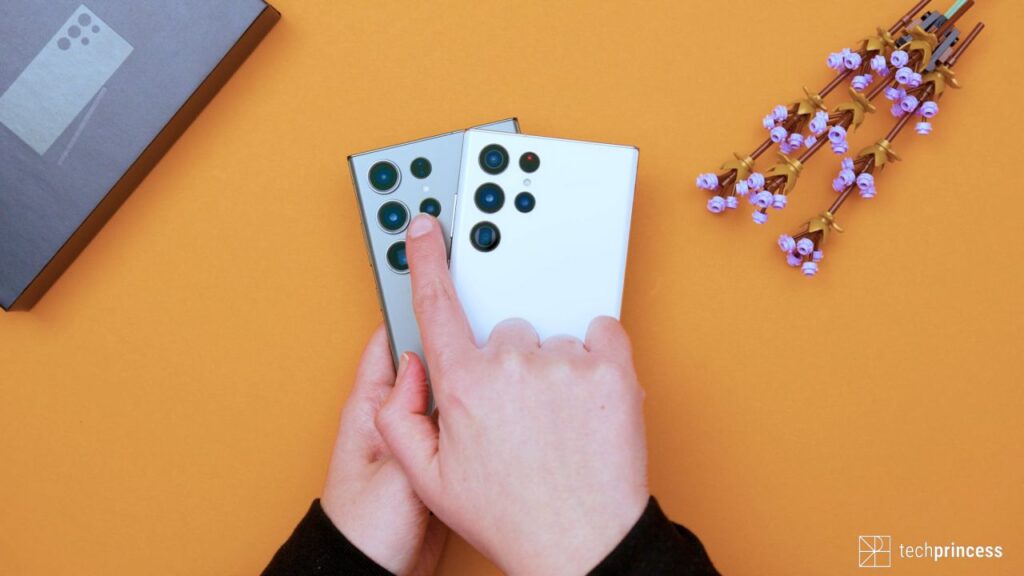
Next, the camera captures many photos and combines them into one well-lit image and noise-free, thanks to multi-frame processing. However, due to the large distance and low light, even combining several shots does not always provide the best result.
To overcome this problem, the Galaxy Camera uses a advanced detail enhancement engine based on deep learning (known as Detail Enhancement technology) in the final stage. This AI technology is capable of eliminate noise and increase the details of the Moonso you get a clear, well-lit picture.
This last step is the reason for the controversy, because photography enthusiasts say it modifies images too much, using artificial intelligence based on millions of other shots of the Moonwhich, always having the same face facing the Earth, lends itself particularly well to this process.
The role of AI is therefore clear – but it’s not about superimposing an image of the Moon on your photograph. How much to also use the machine learning developed on other shots to improve yours. Is it “cheating”? We’ll leave the decision up to you, but after this article we hope you’ll be more responsive.






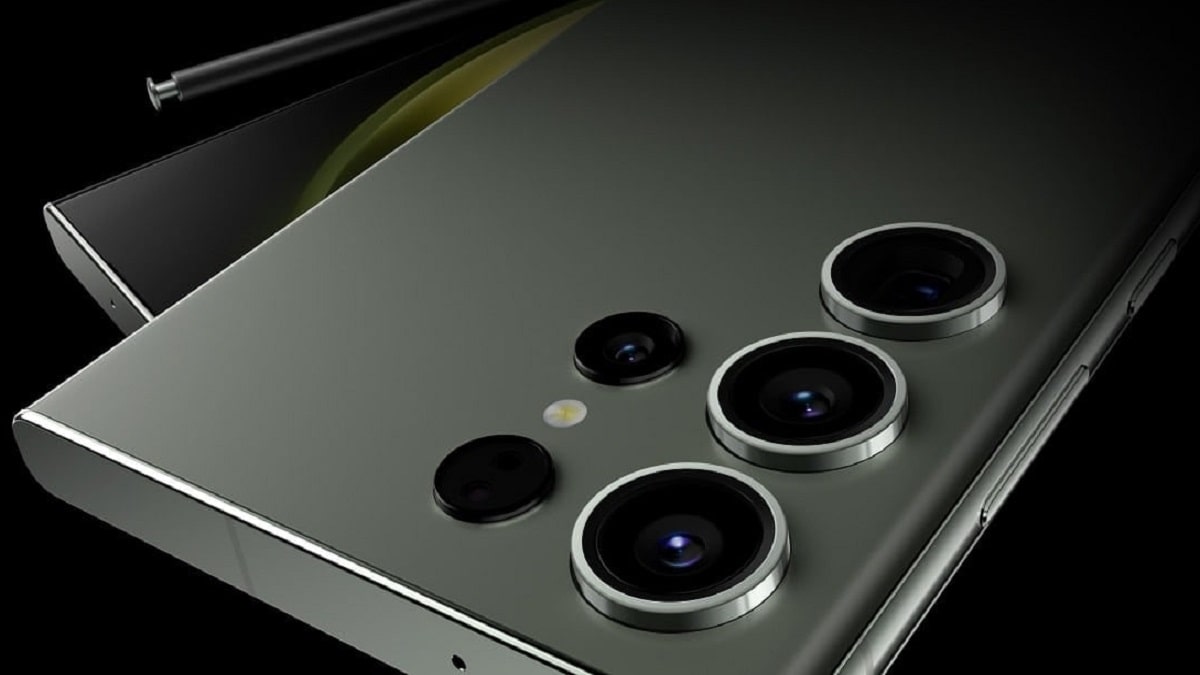







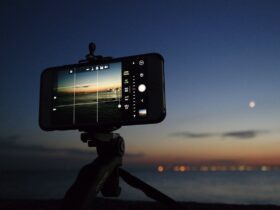

Leave a Reply
View Comments